FREE Shipping on Orders over $89 with Account – Create One Today!
- (844)-859-9400
- Get Help
Showing 1–16 of 25 results
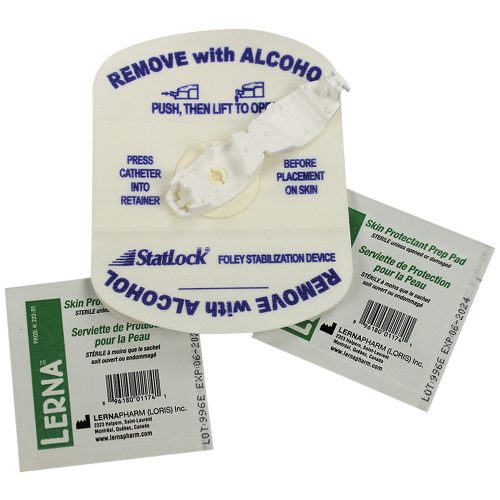
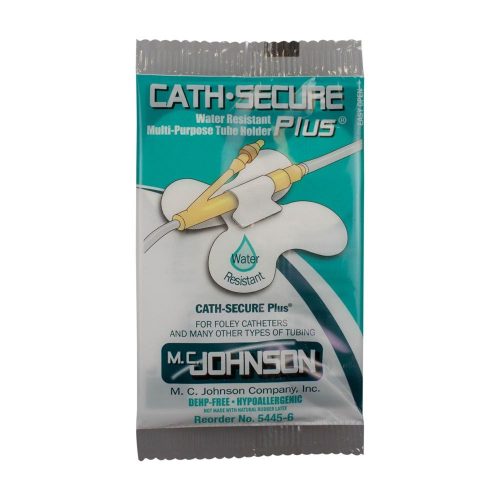
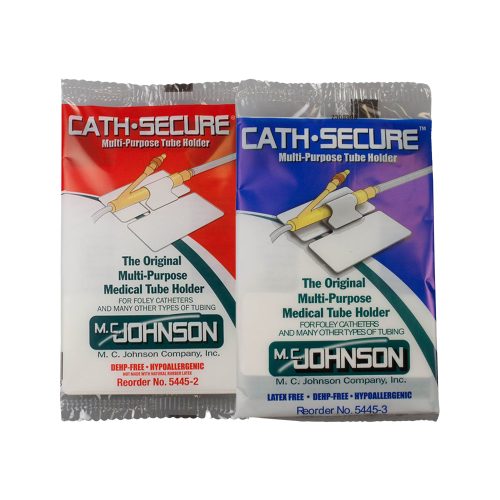
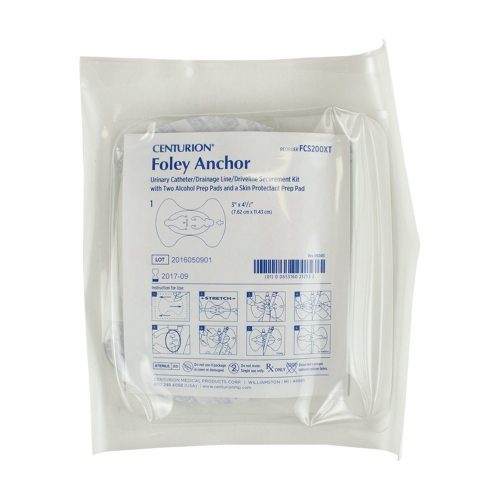
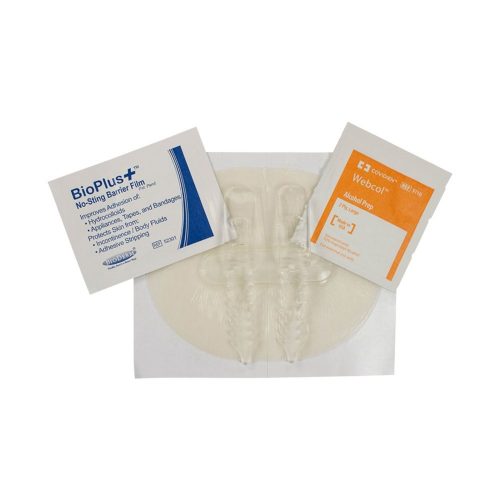
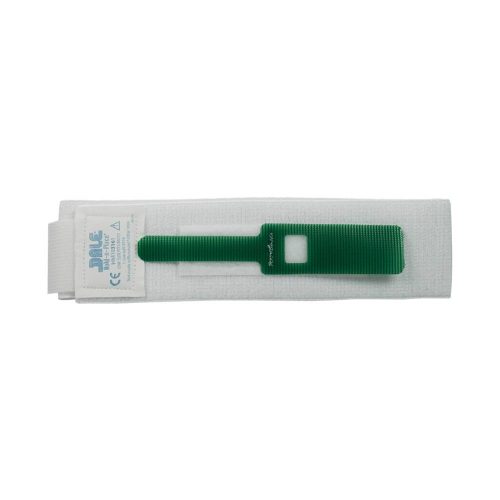


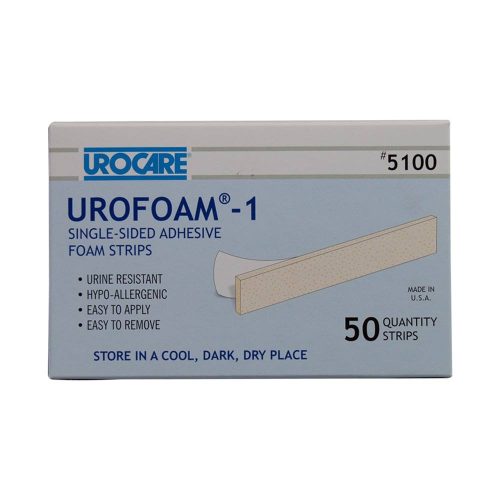
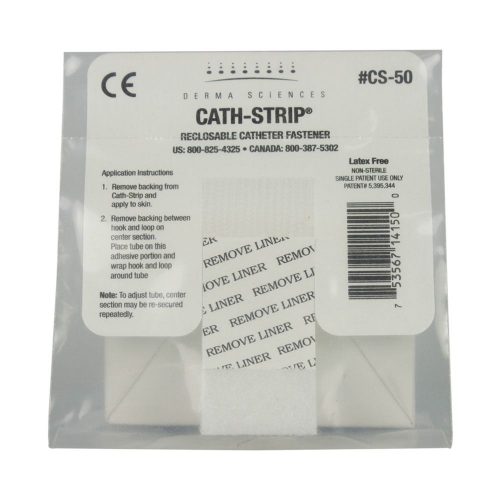
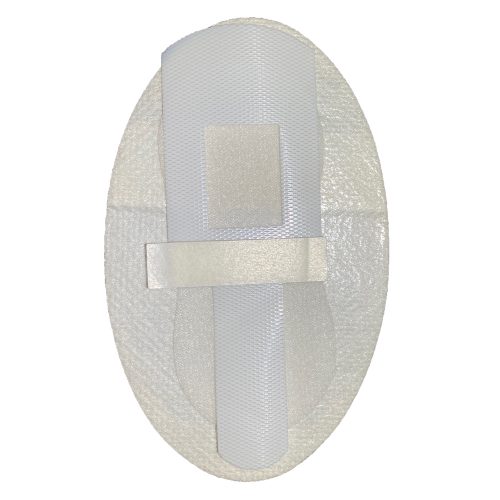
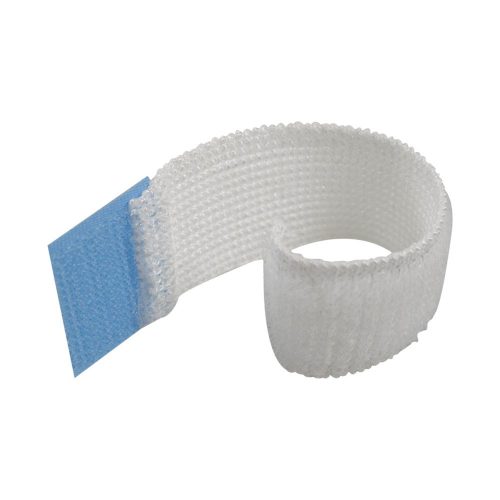
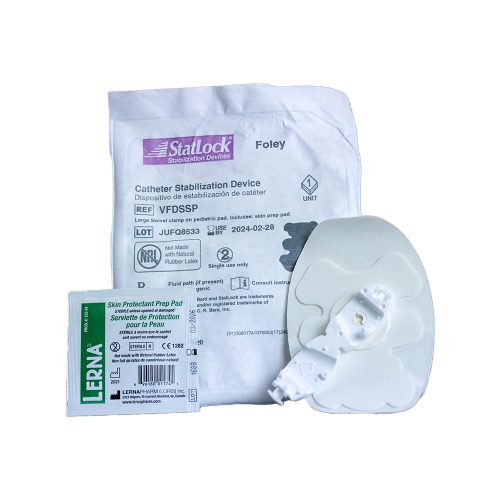
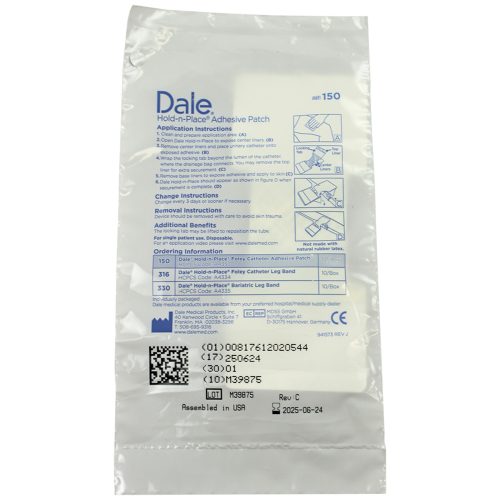


Adjusting to a catheter can be difficult. However, a variety of products are available to make the experience easier and more comfortable. From lubricating insertion to making sure the catheter tube stays stationary to avoiding leaks and eliminating odors, catheter accessories help keep your dignity intact.
What are Catheter Securement Products?
Until relatively recently, recommendations for using catheters focused on related condition and insertion. However, for extended wear, patients need to move naturally and comfortably with their catheter, avoiding detachment and urethral damage in the process. That’s where catheter securement devices come in.
As a result, your doctor may recommend a catheter securement product to prevent trauma to the urethra or bladder neck, as well as any pain, infection or inflammation, and to ensure the catheterization system continues to work as expected. For patients, not properly securing the catheter can prevent urine from traveling down the tube, alter muscle activity or provide insufficient support to the drainage bag, which can then pull on the catheter. Ideal securement means both the catheter and drainage bag are in a comfortable location that encourages efficient drainage and prevents movement.
Considering this, catheter securement devices fall into three groups: sutured, which is seeing declining usage due to needlestick injuries; sutureless, which involves adhesive and a winged form for support; and tape and dressings.
Types of Catheter Securement Devices
Whether you use a Foley indwelling catheter, an intermittent catheter or an external catheter, you’ll need to secure the drainage tube to your body. Adhesive stabilization devices specifically designed to secure catheter drainage tubes are available in a variety of sizes and styles that are generally water-resistant and durable for up to seven days. Hypoallergenic and latex-free options may reduce occurrences of skin irritation. If you’re wearing a leg bag, it should also be secured to your thigh below the level of your bladder to facilitate drainage. Strap options include elastic, hook-and-eye closure and tape.
Adapters, Guides and Plugs
The drainage bag may be disconnected from the catheter for various reasons. Changing the collection bag or emptying your bladder into a toilet are some scenarios. At that point, the catheter must be plugged or capped to avoid leakage. Plugs and caps are often available as sets, and catheter sheath valves are an option for flushing urethral catheters and as an alternative for needing to clamp a suprapubic catheter.
Other Catheter Accessories
In addition to the catheters themselves, stabilization aids and drainage bags, other accessories available make a catheter experience better. Lubricants and catheter followers can make insertion easier for both the patient and the caregiver. Incontinence clamps help men control dribbling and leakage when they cough or strain, also known as stress incontinence. Also for men, external catheters offer ease of use, and accessories like the Liberty Faceplate Seal can reduce leakage risks. If odor is a concern, a variety of scented and unscented deodorizing sprays are available as well as cleaners for reusable catheter appliances.